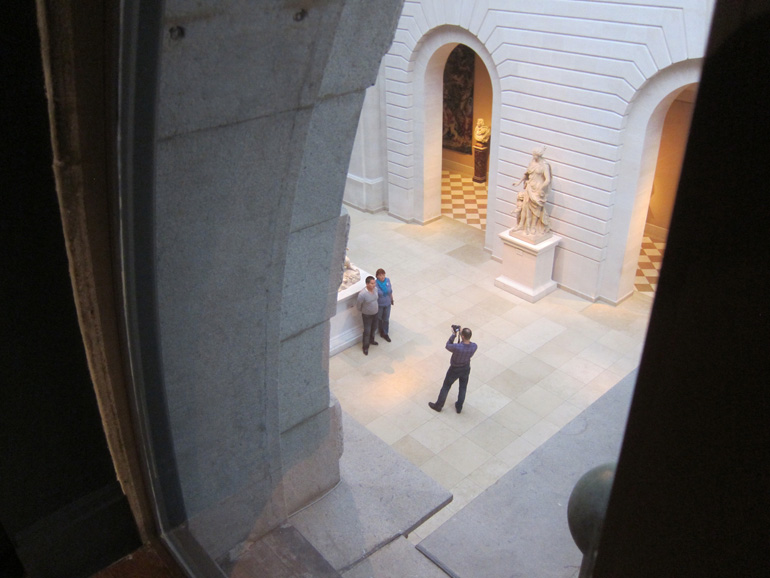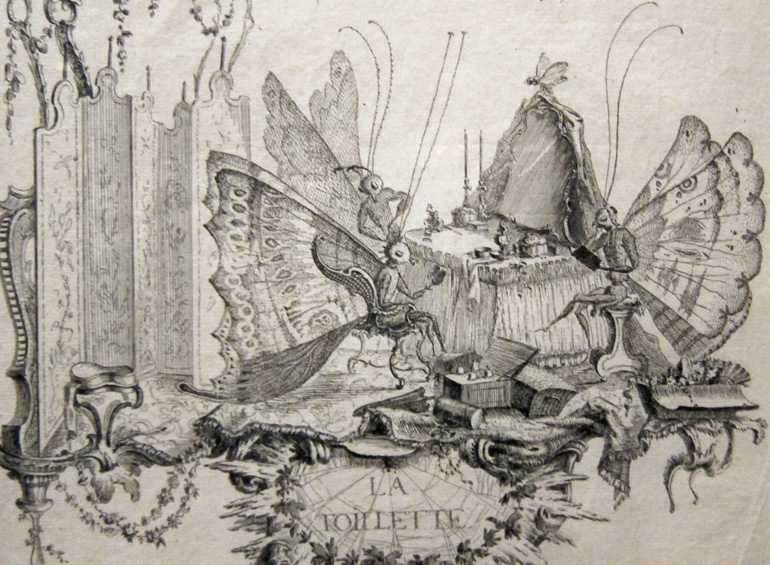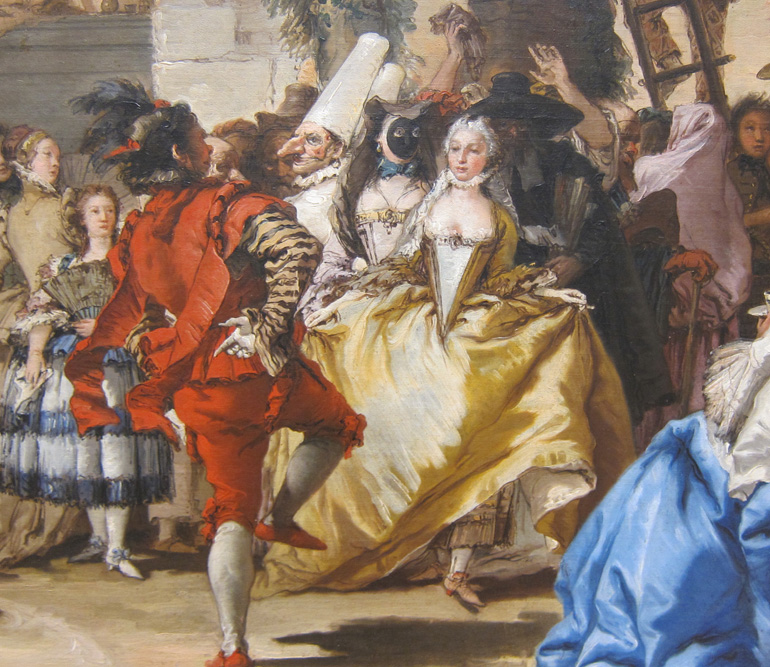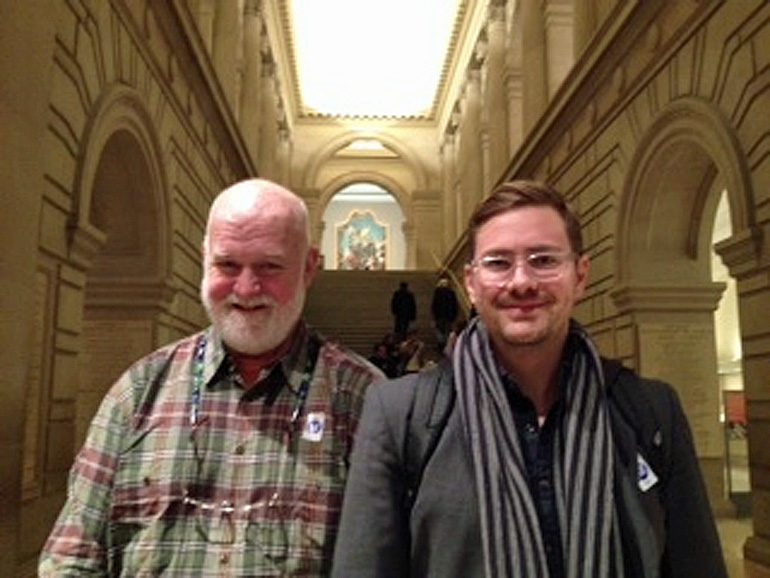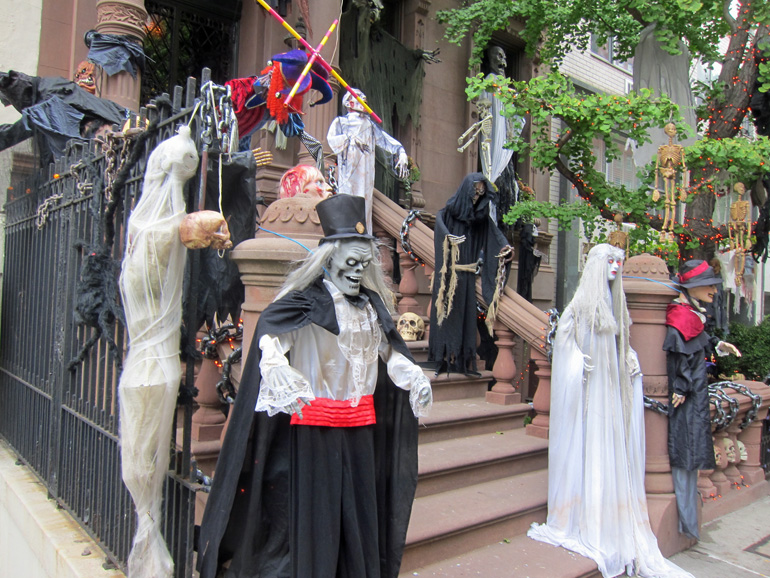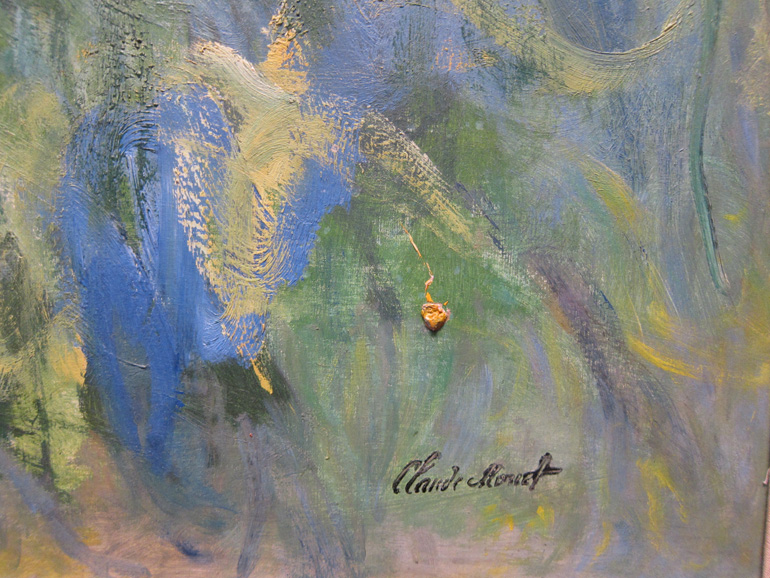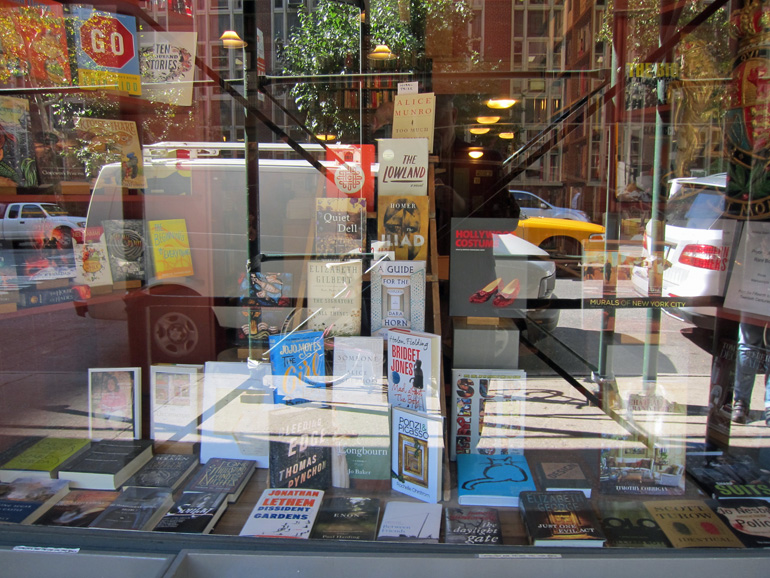Film Note:
Blank
8 November 2013
Ever since it started showing at the Orpheum, I’ve been toying with going to see The Counselor, Ridley Scott’s border thriller, featuring an able cast and Cormac McCarthy’s first screenplay. It’s a good thing that I finally went, yesterday, because the film is no longer showing at such a convenient location. It must not have done very well up here. Or perhaps they just needed the second theatre for Free Birds in 3-D.
Cormac McCarthy has found his métier. He ought to stop writing novels — his novels are so not fun to read — and continue dreaming up lines like “I don’t think truth has a temperature,” which sounded positively Racinian coming from Cameron Diaz. I hope that the screeplay gets published, because I’d love to have a transcript of the speech that a character called Jefe delivers over the phone to the beleaguered hero. Rubén Blades delivers it perfectly, by which I mean that every word sounds dead serious even as a window is kept open on expansive possibilities for parody. The image of a crossroads recurs in this speech; unfortunately, the crossroads is already in the counselor’s past. The reality of the present moment is not the reality of the crossroads, and so on — I can’t hope to capture it. The point is that it’s nothing but typical McCarthy mythomasculine hyperventilation on a commonsense theme, which in this case is that crime doesn’t pay. It’s ridiculous, if you stop to think about it, but you don’t stop to think about it, because this is not a book, it’s a movie, and we’re snapping our fingers, moving right along.
And when I add that I was grateful at times that The Counselor wasn’t making complete sense, that it would have been boring if I had known precisely what was going on, you’re going to conclude that I hated the film and just want to make fun of it. That would be a mistake. I had a very good time, and I left the theatre genuinely shaken: walking out into the central intersection of Yorkville, bustling with suddenly dodgy-looking crowds, I felt an unusual eagerness to get home quickly. Nobody makes me happier about living far, far from Texas than Cormac McCarthy.
The Counselor is about an unnamed lawyer who, a little short for cash, yields to a client’s importunities and participates in some sort of drug deal. Millions of dollars of cocaine are to be shipped, in drums buried in the rebarbative contents of a septic-tank truck, from somewhere south of the border to Chicago. Both the client and the counselor have hot girlfriends, but the counselor’s is nice girl at heart — she still goes to confession — and the counselor is really in love with her. That’s why he may need the money, to pay for the extraordinary diamond that he has given her. (The DeBeers people ought to put McCarthy on the payroll.) Somewhere off to the side, there’s a laconic dude whose connection to the drug deal is thoroughly opaque. His purpose is to counsel the counselor, who is, of course, clueless about the dangers of big-time drug deals. Snuff films are discussed.
Then everything goes to hell. The counselor’s cluelessness exceeds, it soon appears, the average moviegoer’s. As his situation becomes untenable more quickly than he can grasp, it circles lazily toward stasis while the film busies itself with displays of cross and doublecross. It does this without bothering to explain who is responsible for what. The action is not as bloody as I was afraid it might be, and the violence has the virtue, when it rises to crisis, of being fast. After the first twenty minutes, however, The Counselor is never not violent.
I’m explaining only so much of the plot as will suggest the weight of the cross that Michael Fassbender has to carry in performing what is never quite the leading role. The Counselor is essentially a caper flick, and caper flicks are about expertise: clever cops versus cleverer crooks. Here, there are no cops, just crooks, and the lawyer is almost absolutely innocent of cleverness. He is, like Mr Fassbender, very fit, trim, and smart-looking. On the evidence of his habitat, he has done well at his job. But, again like Mr Fassbender, he radiates an existential impatience with his own good fortune. McCarthy’s gift is for making the this impatience come across as a kind of guilt, a sense of having cheated somehow, that can be atoned only by surrender to the intoxicating atmosphere of men challenging men to do stupid things. And then McCarthy has that other gift, already mentioned, of spinning empty blather into portentous testament. This works much better in the movies than it does on the page.
As things are heating up, the dude to one side — he has a name, Westray, and he’s played by Brad Pitt with his trademark sleepy slickness — expresses surprise that the counselor is still to be found at home. I was surprised that he was alive at all. But, while other characters come to bad ends, the counselor is forced to his knees, weeping in despair, when not choking up on the other end of the Jefe’s sermonizing phone call. A snuff film is received.
Javier Bardem takes a holiday from playing icily contained monsters and gives us instead, in the character of an entertainment entrepreneur by the name of Reiner (German for “more pure”), an amiable loose cannon with electro-shock hair. An early set piece in the film involves Reiner’s telling the counselor a very inappropriate story about his girlfriend — and the counselor’s wondering why he has been told. We in the audience know why: it’s so that Reiner can dismiss his girlfriend’s bizarre attempt to turn him on as “too gynecological.” This girlfriend, played as an icily contained monster by Carmen Diaz, is called Malkina. Would you trust anyone called Malkina, especially if she kept a brace of cheetahs? I can only wonder at the virtuosity of the makeup team, headed by Tina Earnshaw, at making Ms Diaz look like a Central European crone, not a day under sixty, who has had a fah-byu-lahs amount of “work” done to her face. Penélope Cruz, who plays the counselor’s fiancée, manages to look fresh and innocent beneath no less redoubtable maquillage. It’s a pity that she’s thrown away in this production.
As a Ridley Scott movie, The Counselor is naturally graced with stylish panache, especially when decapitation is involved. The workings of an instrument of death that disturbs the carotid artery are carefully described, so that when the device is put to work near the end of the movie we are not at all confused but can enjoy every everloving minute. What kind of nightmares must Mr Scott endure? Very terrible or none, I should think.

